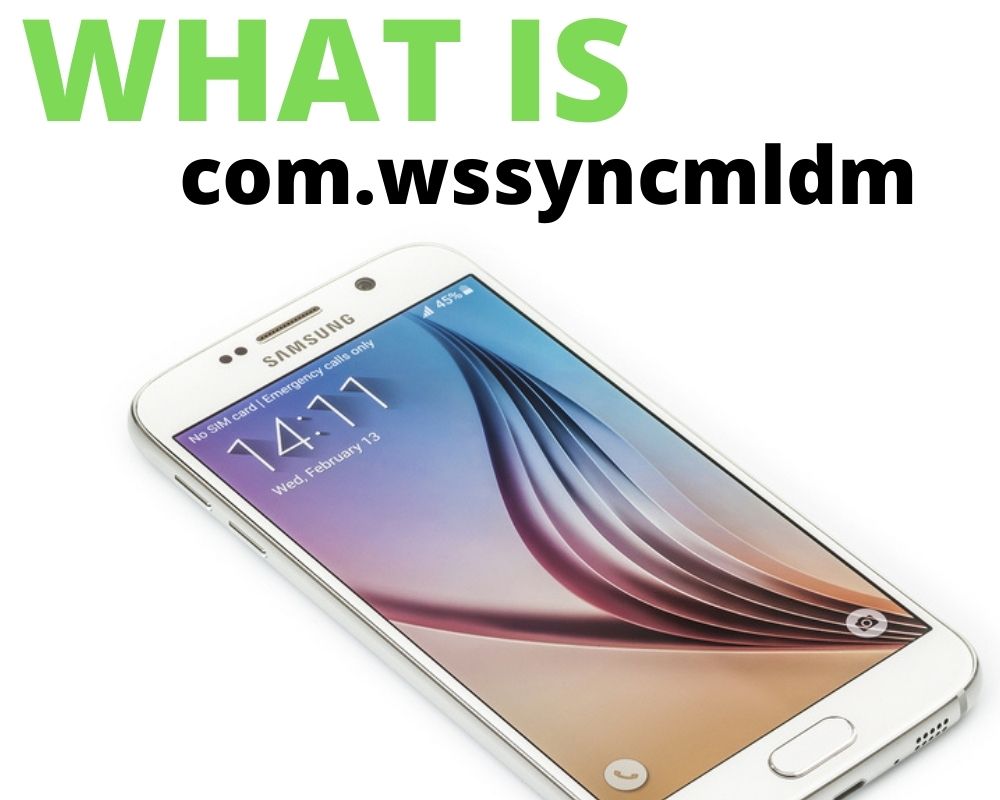You open your Galaxy’s data-usage screen and spot a name you’ve never seen before: com.wssyncmldm. It’s moving data, sitting high on the battery list, and—worse—appearing inside your Google Activity logs.
Most people’s first thought is the same: malware. But it isn’t. What you’re seeing is a piece of Samsung’s internal update framework doing exactly what it was built to do—keep your device’s firmware current, secure, and verified.
That quiet task has existed for more than a decade. The first public build, Samsung Software Update 3.19.140311, shipped in 2014 on Galaxy S5-class devices; the latest, version 4.5.08 released October 31 2025, now supports Android 15 and newer devices, targeting the upcoming Android 16 and One UI 8 framework.
In every generation, it has carried the same package name: com.wssyncmldm. You can’t launch it, replace it, or uninstall it like a normal app; it runs silently beneath the Software Update screen you tap a few times a year. And when it breaks, it becomes the only background process people suddenly care about.
What com.wssyncmldm Actually Is
The four letters stand for Wireless SyncML Device Management. It’s the service responsible for Firmware Over-The-Air (FOTA) updates—the kind that arrive with a notification instead of a USB cable. Installed as a privileged app inside /system/priv-app/Wssyncmldm/, it’s signed with Samsung’s platform certificate and granted limited system-level rights.
Each time your phone boots, connects to Wi-Fi, or hits its scheduled window, com.wssyncmldm wakes up. It launches two internal services—FotaClientService and DMService—which query Samsung’s update servers over encrypted HTTPS.
Those servers reply with tiny metadata files describing the latest firmware for your model, region (CSC code), and current build ID. If a new patch exists, the service coordinates with its companion, com.sec.android.soagent (Software Update Agent), to stage and verify the download.
Everything happens inside the secure storage area Android reserves for system operations. Downloaded files land in /cache/recovery/ or /data/fota/, then get validated using attestation keys unique to your device.
Only when every signature matches does recovery flash the update. That single chain of trust—phone → Samsung server → verified payload—is what makes Android 15’s update flow reliable across millions of Galaxy devices.
Is com.wssyncmldm Safe or Spyware?
The short answer: com.wssyncmldm is completely safe — it’s not spyware, adware, or anything that sells your data. Its permissions list is short and predictable—INTERNET, WAKE_LOCK, ACCESS_NETWORK_STATE, and RECEIVE_BOOT_COMPLETED. There’s no camera, microphone, or storage access, and no pathway for reading your messages or photos.
Every build since 2014 has been digitally signed by Samsung Electronics Co., Ltd. The most recent signature (ID 9ca5, valid SHA-256) authenticates version 4.5.08 for Android 15+. The package communicates only with Samsung’s own FOTA domains—fota-cloud-dn.ospserver.net and samsungfota.com—using HTTPS and certificate pinning to block redirection. Network captures confirm the data payload contains nothing beyond firmware identifiers and checksum requests.
If you ever wondered why your phone downloads updates even when “Auto Download over Wi-Fi” is off, that’s not intrusion—it’s compliance. Certain regional security patches are pushed automatically to close vulnerabilities before users can postpone them. Disabling the service may stop the downloads, but it also stops the protection.
How to Fix “com.wssyncmldm Has Stopped” and Persistent Update Prompts
Most crashes or endless prompts come from a stalled metadata check, corrupted cache, or network/power policies that block the handshake—not malware. The recovery path is safe and simple.
1. Start clean. Reboot first to clear temporary sessions. Then open Settings → Apps → Show system apps → Software Update (com.wssyncmldm) → Storage → Clear cache and Clear data. Do the same for Software Update / com.sec.android.soagent. Reopen Settings → Software update and tap Download and install to trigger a fresh check for available firmware.
2. Fix the common blockers.
- Clock & region: Set Automatic date & time and zone. A wrong clock or CSC region makes certificate checks fail.
- Storage headroom: OTA needs workspace. Free 3–6 GB (large updates need more) and empty the Trash/Recycle Bin in Gallery/Files so space is actually reclaimed.
- Network rules: Turn off Data Saver, allow Background data for Software Update, and temporarily disable Private DNS/VPN/Ad-block DNS—these often intercept FOTA domains. If Wi-Fi is captive (hotel/office), try a home network or mobile data (charges may apply).
- Power policies: Disable Battery saver and remove aggressive optimizations for Software Update; the job scheduler won’t run under deep restrictions.
- Battery threshold: Charge above 40–60% (some models enforce a floor) and keep the phone on charger during the download.
3. If the UI is stuck but nothing installs. Boot to Recovery (Power off → hold Volume Up + Power), choose Wipe cache partition, then Reboot system now. This doesn’t delete personal data; it clears the staging area used by updates.
4. When notifications won’t stop. After a successful install, open Settings → Software update once to let the service finalize its state. If a banner persists, clear cache again for Software Update/com.wssyncmldm and restart. As a last resort for noise—not function—open Settings → Notifications → Software Update and turn off non-essential channels only (leave Update status on so you don’t miss security patches).
5. If OTA keeps failing repeatedly. Switch networks, free more space, and retry. If it still fails, use Smart Switch on a PC/Mac to update—same signed firmware, different transport. Once complete, the background checks return to silent mode.
After these steps, com.wssyncmldm rebuilds its local database and resumes quiet polling. If a prompt still appears, it almost always means a pending update is waiting for your confirmation, not that the service is broken. Confirm, install, reboot—then it disappears again.
The Final Insight
Every security patch, camera fix, or new One UI feature you’ve received came through this invisible courier. com.wssyncmldm doesn’t exist to watch you; it exists to watch over the integrity of the system itself. The moment it stops working, your phone stops evolving—no kernel fixes, no baseband updates, no protection against exploits patched months ago elsewhere.
From its 2014 debut to version 4.5.08 in 2025, Samsung has refined the same small process rather than replacing it, because reliability matters more than visibility. It runs quietly, uses little data, and leaves once its job is done. You’ll forget it again—until the next update appears and everything works as expected. And that’s exactly how good system software should feel: invisible, trustworthy, and always one step ahead of trouble.

